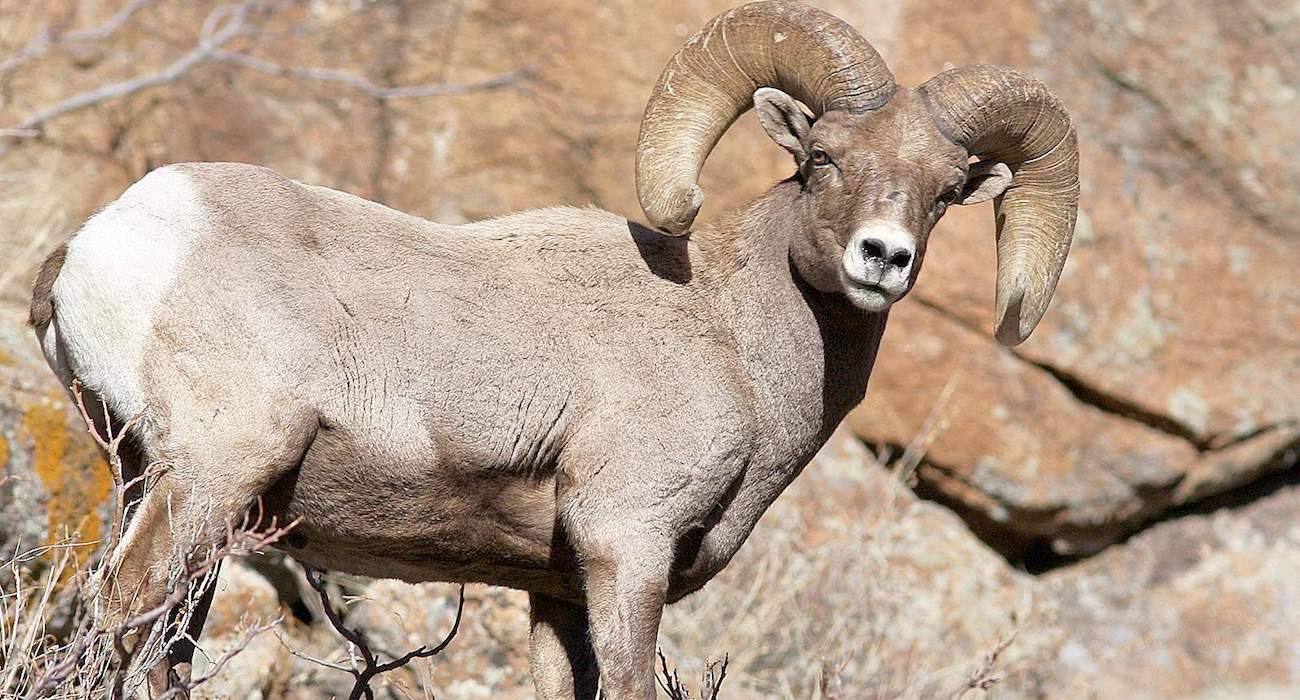Using Models for Desert Bighorn Conservation

Circle Ranch’s tips for bighorn restoration:
- Increase water. Add lots of free water everywhere. The more locations, the better. Make drinkers and supplies big enough to support large cattle herds, multiple wild species, and, useable by quail and small animals. There is no such thing as too much water and you will be amazed at how it increases numbers and diversity of wildlife.
- Increase natural feed. Plants require animal impact – grazing, trampling, and fertilizer from dung and urine. Without bison, periodic planned cattle grazing, and that of wild animals, is essential to stimulate growth of natural feed and maintain habitat for bighorn, deer, pronghorn, elk and desert quail. Cattle profits will pay for water.
- Increase biodiversity. Bighorn are interdependent (symbiotic) with other prey species, predators, and large grazers. Bighorn – and all the others – cannot thrive without this full complement of animals.
- Mimic nature. Sheep can’t be grown like soybeans or feedlot cattle. Be very skeptical of wildlife ‘management’ practices. Except for water additions and fence modifications, most waste money and actually harm sheep and other wild animals over long terms – sometimes catastrophically. Use the savings for your water projects.
- Hunt lightly. Kill only old rams.
NOTE: this article below was published by Texas Wildlife Magazine as part of their July, 2018 issue. It was written by CARLOS GONZALEZ-GONZALEZ (BRI), LOUIS A. HARVESON (BRI),
ROEL R. LOPEZ (TAMU), and FROYLAN HERNANDEZ (TPWD)
